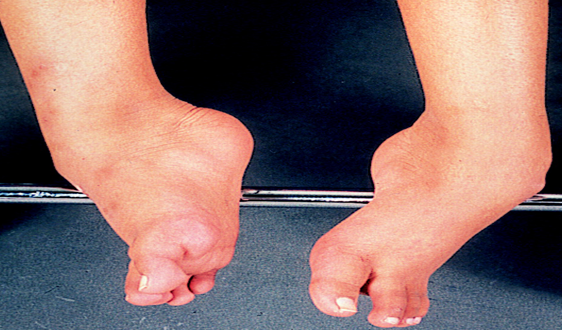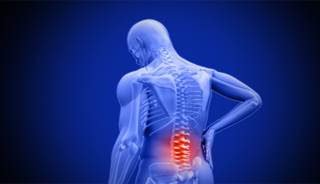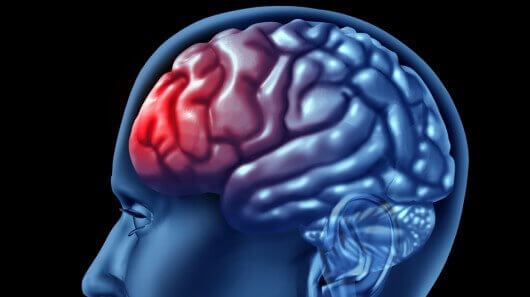Neurological Conditions

Stroke
A stroke occurs when the blood supply to part of your brain is interrupted or reduced, depriving brain
tissue of oxygen and nutrients. Within minutes, brain cells begin to die.
A stroke is a medical emergency. Prompt treatment is crucial. Early action can minimize brain damage and potential complications.
A stroke may be caused by a blocked artery (ischemic stroke) or the leaking or bursting of a blood vessel (hemorrhagic stroke). Some people may experience only a temporary disruption of blood flow to the brain (transient ischemic attack, or TIA) that doesn't cause permanent damage.

Parkinson's disease
People living with Parkinson’s, care partners and families need reliable, practical information
that inspires action to improve quality of life today and every day. The Every Victory Counts® manual – and its companion
website – is the gold standard resource to help you live well with Parkinson’s and achieve your personal wellness goals.
Parkinson's disease is a neurodegenerative disorder, which leads to progressive deterioration of motor function due to loss of dopamine-producing brain cells.
The cause of Parkinson’s Disease is unknown, but researchers speculate that both genetic and environmental factors are involved. Some genes have been linked to the disease.

vertigo
Vertigo is a symptom, rather than a condition itself. It's the sensation that you, or the environment around you, is moving or spinning.
This feeling may be barely noticeable, or it may be so severe that you find it difficult to keep your balance and do everyday tasks.
Attacks of vertigo can develop suddenly and last for a few seconds, or they may last much longer. If you have severe vertigo, your symptoms may be constant and last for several days, making normal life very difficult.

Cerebral palsy
Cerebral palsy is a term used to describe a set of neurological conditions that affect movement.
It is the most common form of childhood disability.
The condition makes it hard to move certain parts of the body. There are many degrees of severity.
Because of damage to certain parts of the brain, voluntary or involuntary movements or both can be affected.
[human brain]
The cerebrum is the upper part of the human brain.
Muscle control takes place in a part of the brain called the cerebrum. The cerebrum is the upper part of the brain. Damage to the cerebrum before, during, or within 5 years of birth can cause cerebral palsy.
The cerebrum is also responsible for memory, ability to learn, and communication skills.

dystrophy
Muscular dystrophy (MD) is a group of more than 30 inherited diseases. They all cause muscle weakness and muscle loss.
Some forms of MD appear in infancy or childhood. Others may not appear until middle age or later. The different types
can vary in whom they affect, which muscles they affect, and what the symptoms are. All forms of MD grow worse as the
person's muscles get weaker. Most people with MD eventually lose the ability to walk.
There is no cure for muscular dystrophy. Treatments can help with the symptoms and prevent complications. They include
physical and speech therapy, orthopedic devices, surgery, and medications. Some people with MD have mild cases that
worsen slowly.

bell's palsy
Bell’s palsy is a condition that causes a temporary weakness or paralysis of the muscles in the face.
It can occur when the nerve that controls your facial muscles becomes inflamed, swollen, or compressed.
The condition causes one side of your face to droop or become stiff. You may have difficulty smiling or closing your eye on the affected side.
In most cases, Bell’s palsy is temporary and symptoms usually go away after a few weeks.
Although Bell’s palsy can occur at any age, the condition is more common among people between ages 16 and 60. Bell’s palsy is named after the Scottish anatomist Charles Bell, who was the first to describe the condition.

Spinal cord injury
A spinal cord injury — damage to any part of the spinal cord or nerves at the end of the spinal canal (cauda equina) — often causes permanent changes
in strength, sensation and other body functions below the site of the injury.
If you've recently experienced a spinal cord injury, it might seem like every aspect of your life has been affected.
You might feel the effects of your injury mentally, emotionally and socially.
Spinal cord injuries may result from damage to the vertebrae, ligaments or disks of the spinal column or to the spinal cord itself.
A traumatic spinal cord injury may stem from a sudden, traumatic blow to your spine that fractures, dislocates, crushes or compresses one or more of your vertebrae. It also may result from a gunshot or knife wound that penetrates and cuts your spinal cord.

head injury
Acquired brain injury symptoms vary greatly in degree by injury, and from person to person no matter the age. They can be mild, with short term disorientation
and unconsciousness; or severe, with extended loss of consciousness and/or memory loss.
Injuries caused by force often cause the brain to strike one side of the skull, and then bounce back to hit the other (this effect is known as coup-contrecoup),
which can cause serious nerve (neuron) damage in the brain.
Head injuries may be either closed or open. A closed head injury is any injury that doesn’t break your skull. An open (penetrating) head injury is one in which something breaks your scalp and skull and enters your brain.